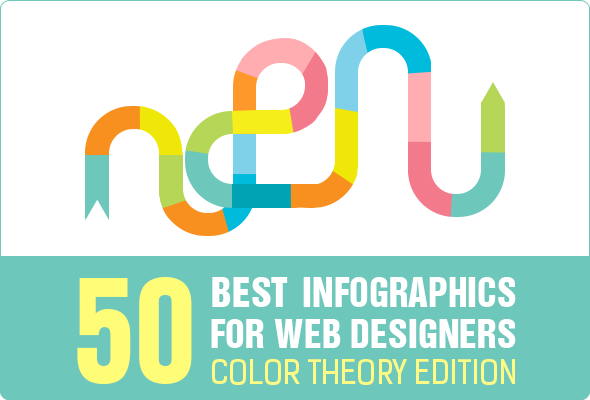In the past, internet sites were basic and concentrated on details. Navigating was straight, and style was for desktop computers. Now, user experience is vital. Data overviews styles for easy navigation. SEO Regional Medical Center FT Worth match various gadgets. Today, dark setting lowers pressure, and minimalist food selections improve navigating. Interactive attributes engage customers, and bold visuals stand apart. AI integration enhances involvement. See how style has evolved to boost your on-line journey.
Very Early Days of Website Design
In the early days of website design, simpleness reigned supreme. Web sites were basic, with minimal shades, font styles, and formats. The focus was on providing details instead of flashy visuals. Users accessed the web through sluggish dial-up connections, so speed and capability were vital.
Navigating food selections were straightforward, usually situated on top or side of the web page. Internet sites were created for home computer, as mobile browsing wasn't yet widespread. Web content was king, and developers prioritized easy readability over complicated layout elements.
HTML was the primary coding language made use of, and designers needed to function within its restrictions. Computer animations and interactive features were minimal contrasted to today's standards. Sites were fixed, with little dynamic content or tailored individual experiences.
Increase of User-Focused Layout
With the evolution of website style, a change towards user-focused style principles has become increasingly popular. Today, creating internet sites that focus on individual experience is essential for engaging visitors and accomplishing service goals. User-focused style entails comprehending the demands, preferences, and behaviors of your target audience to tailor the web site's design, content, and features as necessary.
https://www.financemagnates.com/thought-leadership/are-algorithms-becoming-essential-for-digital-marketing-campaigns/ perform thorough research, such as customer surveys and usability screening, to collect insights and feedback straight from users. This data-driven technique assists in creating user-friendly navigation, clear calls-to-action, and visually enticing interfaces that reverberate with visitors. By putting the customer at the facility of the layout procedure, websites can supply a much more tailored and enjoyable experience.
Responsive design has likewise emerged as a vital element of user-focused layout, guaranteeing that web sites are enhanced for numerous tools and display sizes. This flexibility boosts ease of access and use, satisfying the diverse methods customers engage with web sites today. Essentially, the rise of user-focused style indicates a shift towards producing electronic experiences that prioritize the needs and expectations of completion individual.
Modern Trends in Web Design
Discover the current trends shaping website design today. One prominent pattern is dark mode style, using a smooth and modern appearance while decreasing eye strain in low-light settings. Another key fad is minimalist navigating, streamlining food selections and enhancing customer experience by focusing on essential elements. Including micro-interactions, such as animated switches or scrolling results, can develop a more appealing and interactive web site. Receptive style remains crucial, ensuring seamless individual experiences across various tools. In addition, utilizing strong typography and asymmetrical layouts can add visual interest and accentuate specific content.
Incorporating AI technology, like chatbots for client support or customized suggestions, improves user engagement and enhances procedures. Access has also become a significant pattern, with designers prioritizing comprehensive style methods to satisfy diverse customer demands. Welcoming sustainability by optimizing internet site performance for speed and effectiveness is an additional emerging fad in website design. Working together with user feedback and information analytics to repeat and enhance layout continually is crucial for remaining relevant in the ever-evolving digital landscape. By accepting these modern trends, you can produce an aesthetically enticing, easy to use website that reverberates with your audience.
Final thought
As you assess the advancement of website design from the very early days to currently, you can see how user-focused design has actually come to be the driving pressure behind contemporary patterns.
Welcome the journey of change and adaptation in web design, always keeping the user experience at the center.
Stay present with the most recent fads and innovations, and never ever quit advancing your technique to create visually stunning and user-friendly sites.
Develop, adapt, and produce - the future of website design remains in your hands.
